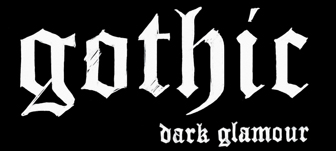

The Bat Cave uses two-way mirrors to permit lightning glimpses of a range of goth subcultural styles, from old-school goth to cyber goth.
The relationship between subcultural style and mainstream fashion is much more complicated than the stereotype of co-optation would imply. Although many academics still interpret subculture as "a form of heroic resistance to the dominant culture," this paradigm has become increasingly unconvincing. Images of "deviance" have been extensively incorporated into popular culture. What is new is that even the concept of a single dominant culture seems to have disintegrated, leaving a vast array of niche cultures, or style tribes.
In both musical and sartorial terms, goth developed out of punk some time between 1979 and 1981. The first generation of British post-punk bands that have been labeled "gothic" include Bauhaus, Sixouxie & the Banshees, The Cure, UK Decay, and Sisters of Mercy. Punk's nihilism and fetishism, David Bowie's vision of glam rock, and a darker, horror-influenced style all merged. The goth "death look" was created with pale white foundation, black eyeliner, black nail polish, and dark black-red lipstick. When the famous club the Batcave opened in London, its motto was "Blasphemy, Lechery, and Blood."
Contemporary goths tend to be much "more dialectically engaged with the past than is typical of most youth subcultures." Not only do they draw inspiration from subcultural antecedents, such as punk and glam rock, they also draw on an eclectic historical canon of literary, aesthetic, and philosophical traditions; or they dig deeply into the history and associations of the gothic.